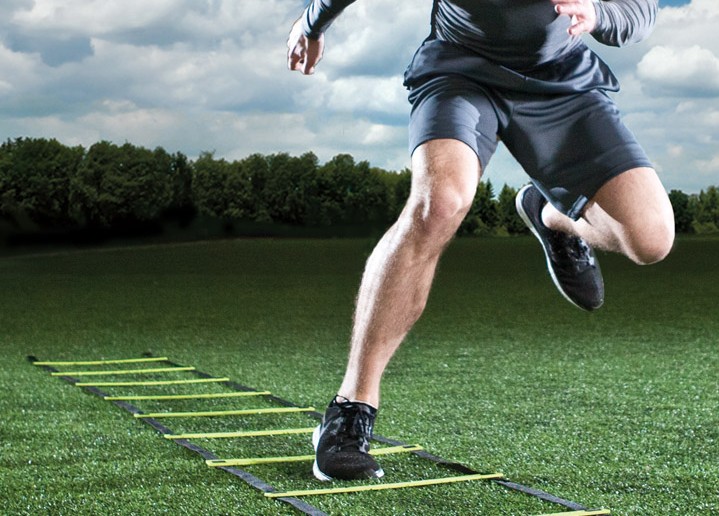I was working out in a commercial fitness center the other day when several high school girl softball players came in with their trainer. Their trainer then proceeded to have them do a workout that began with 20 minutes of jumping up to a box and sticking their landing, followed by leg extensions and seated leg curls. This prompted a Tweet from me, but I thought that this would lead to a good blog.
First, it needs to be pointed out that female athletes are two to eight times more prone to suffer an ACL injury than males.
Now, looking at softball specifically. Swenson et al studied knee injuries in high school sports over a five year period. They found that softball players suffered .28 ACL injuries, .22 meniscus injuries, and .26 MCL injuries per 10,000 athlete exposures.
In the literature an athlete exposure is defined as 1 athlete participating in 1 competition or practice.
How did this compare to other female sports? According to the authors, just looking at ACL injuries, soccer had an injury rate of 1.17, volleyball 2.28, basketball 1.07, and gymnastics 1.14 ACL injuries per 10,000 athlete exposures.
By comparison, men’s baseball had an injury rate of 0.06, men’s volleyball of 0.00, men’s basketball 0.24, and men’s soccer 0.50 ACL injuries per 10,000 athlete exposures. In other words, female athletes really do have greater incidences ACL injuries than male athletes.
Another way of looking at this, female softball players had a greater incidence of ACL injuries than male basketball players in high school!
Why is this so? There are a lot of theories about this. It could be a strength training issue. For example, weak hamstrings would impact landing mechanics and therefore the stress the ACL is put under. Poor technique could result in poor landing mechanics during a jump. It could be hormonal differences between male and female athletes. It could be anatomic differences due to a female athlete’s wider pelvis, etc.
We can’t do anything about the hormones or anatomic differences, but we can help athletes with their landing mechanics. This should be done in two ways, strengthening the lower body and training athletes how to land.
And here’s where to box jump comes in. Jumping onto a box and sticking the landing, in theory, develops this quality. But it actually doesn’t. Remember when I said the athletes were jumping onto a box? That means they were jumping up onto the box. This isn’t how athletes get these types of ACL injuries. They get hurt from jumping up and landing on the ground. In other words, they get hurt when coming down from a height.
What happens when we perform nonstop jumps onto a box for 20 minutes? First, we’re not training ourselves to land properly because we’re not jumping down. If you want to do this, then jump down from the box and stick the landing! Second, we’re getting our athletes really tired. This has consequences. Namely that our athletes’ technique deteriorates. In other words, instead of teaching optimal motor patterns we are reinforcing poor ones. Train sloppy and slow and you’ll be sloppy and slow.
There are several ways that we need to address this problem. The first is to strengthen the hamstrings, quadriceps, and glutes in such a way that they have to work together just like in real life. This means squats and their variations. Leg extensions and leg curls are isolation exercises and do not mirror any movements in sports.
Second, we have to strengthen the hamstrings in a way similar to how they are used in sports. This means hip hinge exercises.
Third, the lower body needs to be used to absorbing sudden forces. For me, this means the Olympic lifts and specifically the catch phase of the Olympic lifts.
Finally, the athlete needs to be trained how to land.
The Olympic lifts and plyos have several things in common. To be effective, the athlete needs to learn how to execute the exercise, quickly, with optimal technique. This means low volumes and complete recoveries between sets. For the Olympic lifts this means sets of no more than six repetitions a set. For plyometrics, this also means low volumes (usually 10 jumps) with several minutes of rest between each set. For either type of exercise, when technique or explosiveness begin to deteriorate it is time to stop the exercise.
Swenson, D.M., et al. (2013). Epidemiology of knee injuries among U.S. high school athletes, 2005/06-2010/11. Medicine and Science in Sports and Exercise, 45(3), 462-469.


